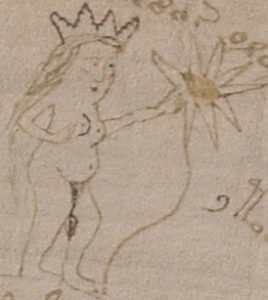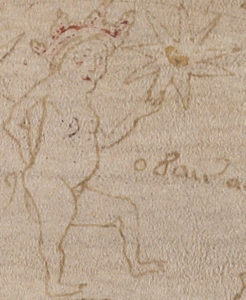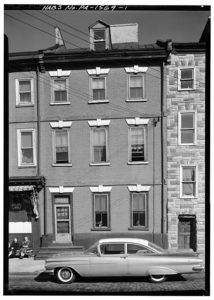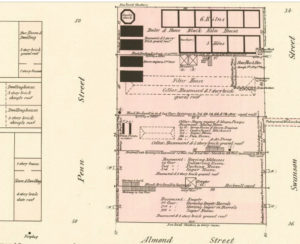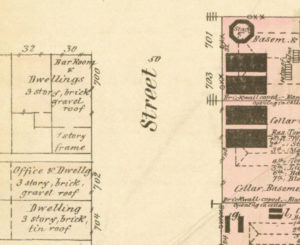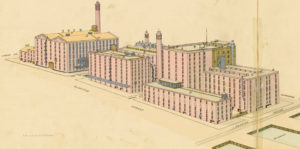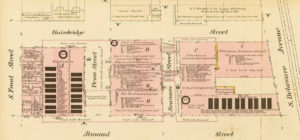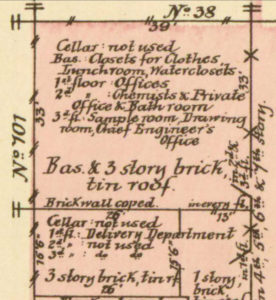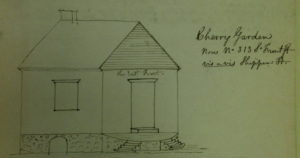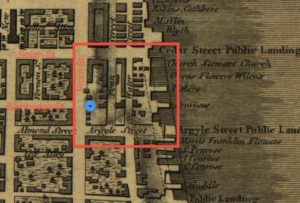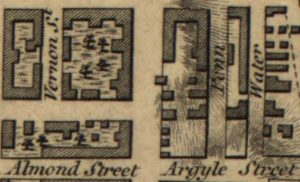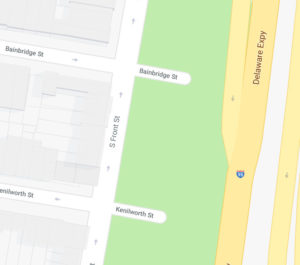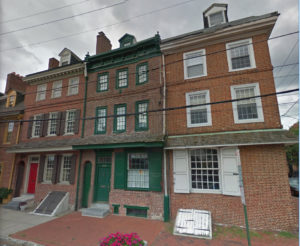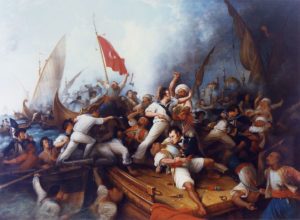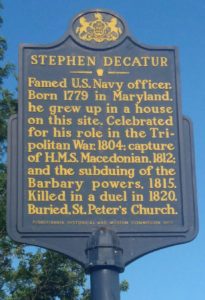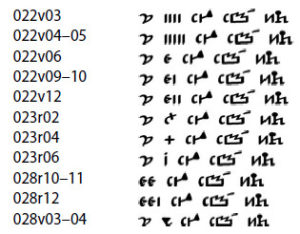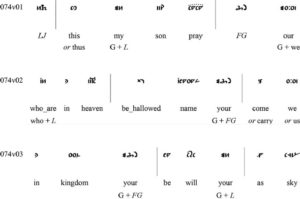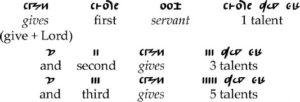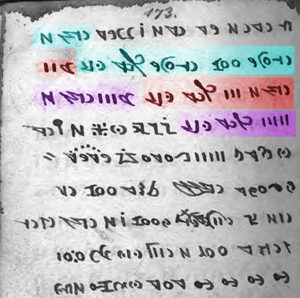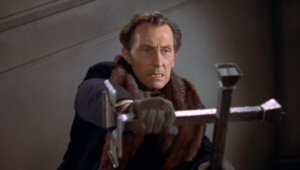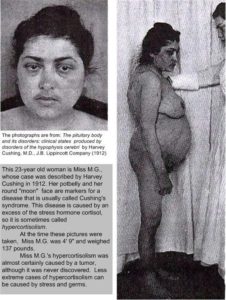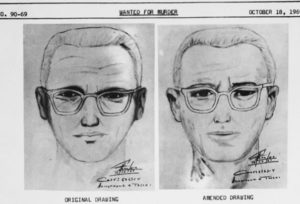In 1992, the American Congress ruled that all documents related to President Kennedy’s death should be released within 25 years: and when President Trump raised no objection last October, that is essentially what happened. Except, of course, that there were still numerous redactions. (Did you really believe it would be otherwise? *sigh*)
Arguably one of the most interesting set of documents released has a specifically crypto angle. Flight Sergeant David F. Christensen claimed that in the run up to Kennedy’s death, he had intercepted an encrypted communication between certain individuals in the Cuban Government and an individual well known in the organized crime world, plotting the assassination. His attempts to get the intercept to NSA were thwarted, causing him (he claimed) to have a mental breakdown, a divorce, etc etc.
Conversely, others say that this never happened; that searches of the files revealed nothing (“recognizing that most records from this period no longer exist“); that Christensen suffered from alcoholism and family problems, etc etc.
I can’t judge either way: but I thought it would be good (a) to include links to the various NSA scans and (b) to properly transcribe the letter Christensen wrote. Which is what I did here. 🙂
Links to the Various NSA Scans
jfk00205.pdf
jfk00232.pdf
jfk00244.pdf
jfk00234.pdf
Mr. Blakey stated that he did not know who the crime figure is: Christensen’s
supervisor, Sgt Praeter (actually “Prater”) refused to send this
traffic to NSA and this, he alleges, eventually caused him to have
a mental breakdown.
jfk00257.pdf
jfk00258.pdf
jfk00259.pdf
jfk00262.pdf
(Please let me know if I’ve missed any out, thanks!)
The Letter Itself
The letter from Christensen to his former colleague Sgt Michael B. Stevensen at “Corry” Field, Florida is included here:
jfk00235.pdf (redacted), and
docid-32270296.pdf (unredacted) [thanks to Byron Deveson for this link!]
David F. Christensen
V.A. Hospital
Sheridan, WY 82801Nick,
Well after 13 1/ 2 years I finally found out your whereabouts. Dam, its
been a long time since Kirknewton, Scotland, and the beer we drank on the
beach and the club. Had to get your address from the outfit in Texas.Nick, whatever happened to Sgt Prater. If you know his whereabouts please.
send me his address. How in the hell have you been doing?Nick, I had a nervous breakdown. Plus in 74 my leg shattered in over a
hundred places. Things have really gone to hell for me. I’m working with
the vets benefits counseler, who is a ex 203. Speaking of 203’s where the hell
is Frenchy? You know the little guy. What I’m going to say is no longer
classified, so don’t get all shit shook. I’ve done checked it out.Christ, you remember the position I worked at, in Sgt Praters section, don’t
you? You remember about a month or 6 weeks before I left Scotland, when I picked
up a link mentioning the assassination of President Kennedy. How hard I tried
to get it sent out, and because of that fuckin Forney and Delaughter they wouldn’t
send it to NSA. Since I have learned that the man’s name; most mentioned was
number 4 in a certain branch of organized crime at the time. Was number 2 last
year. I will send you a form for proof of claim. This guy here “the 203” says
I should be getting a service connected disability for my nerves. The “link was”
Lisbon to Tangiers you remember. How I got my ass chewed for not dropping the
link. Have learned that this branch of crime often will put out a feeler of
forthcoming things. By sending it as a practice message.Nick it really broke me up after Nov. 22, 63. Especially when I had it all
before hand. It was first like the 202’s said, Ha. I was nuts when the Russians
first came out with the ITI & B’s. Later proved them wrong didn’t I. That was
another first for us as I recall. Duane Bruntz from Baker trick put up a good
support of my claim. I’m sending you this certified so to make sure you get it.
As I recall you should be able to B.S. them good enough to help me. I know it
cost me a divorce and every thing from my wife. Christ, you remember Marlene,
don’t you? That good looking little 1/2 Indian girl from N. Dak. Nick when
you get this form send it back to me and I’ll let the vets benefit guy to send
it in. Being a M.Sgt I think you know how to bull shit pretty good . Also do
you know Sgt Harley and Sgt Willy Hendrickson’s address. I guess old Garnett K.
Tatum retired. Wonder what gehto, he is living in, Ha!What in the hell are you doing in Florida, any how? Be sure to put
emphasis on my nerves going to hell and not giving a shit about my work after
the interception of the message.Y Y Prosign
Your old buddy from the Berkely Bar
Suggestions for filling in the redacted gaps (and there are certainly many gaps here) will be gratefully received, thanks!
As to the “Prosign” line (Prosigns were groups of Morse code letters run together without any pauses between them), I know that VY = very, YF = wife, YL = young lady, but what does YY mean?
What happened to David F. Christensen?
Apart from knowing (from his letter) that he married Marlene from North Dakota and was in a V.A. Hospital in Sheridan WY, I have little biographical information on David Frederick Christensen. The only grave I found for that name was in Arlington National Cemetery for an infant (born 22 Nov 1957, died 23 Nov 1957, son of O. E. Christensen), and who was therefore not the same person at all.
Perhaps Cipher Mysteries readers with access to proper databases will be able to find out more about former USAF Flight Sergeant David F. Christensen, who was listed here as working at the USAF listening station at RAF Kirknewton in Scotland. As normal, feel free to leave comments below. 🙂
*** UPDATE ***
Here is a link to an online memorial to David Frederick Christensen (he died in 2008):
David passed away Monday, December 22, 2008 at his home in Killdeer, ND. David Frederick Christensen was born January 26, 1942 to Ole and Hazel (Lodnell) Christensen in Dickinson, ND. He grew up on a ranch near Halliday and attended schools, graduating from Halliday High School in 1960. David and Marlene Burr were married in 1960 and to this union two sons were born, Michael and David. David enlisted in the US Air Force and served with the Radio Intelligence in the Scotland Unit. He was honorably discharged in 1963. He then returned to the home ranch in the Halliday area. David began working in the oilfields, which took him to various places in the western United States. He enjoyed rodeos, playing pinochle and time spent with his family. David is survived by his two sons; Michael (Bobbie) Christensen, Rapid City, SD and David (Georgette) Christensen, Apple Valley, MN; a first cousin, Patricia (Pat)( Phil) Braeger, Watertown, SD; six grandchildren, Haley Christensen, Tyler Christensen, Jordan Christensen, Justin Christensen, Benjamin Christensen and Kendra Christensen. He is preceded in death by both parents.
